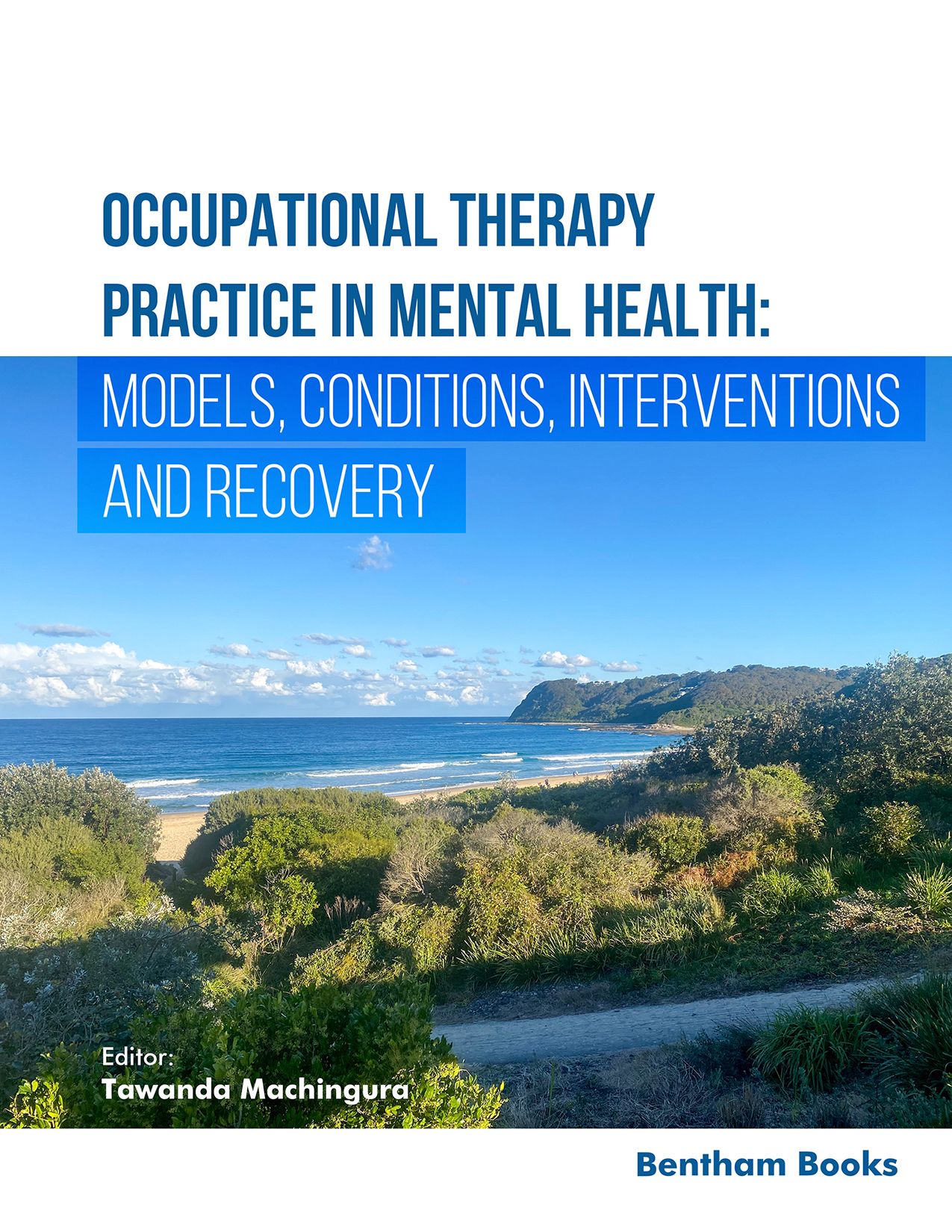Person-Environment-Occupation Model and its Derivatives

- Authors: Tawanda Machingura1, Michelle Fair2
-
View Affiliations Hide Affiliations1 Head of Discipline Occupational Therapy Program, University of Notre Dame Australia, Sydney, Australia 2 Department of Occupational Therapy, University of Tasmania, Tasmania, Australia
- Source: Occupational Therapy Practice in Mental Health: Models, Conditions, Interventions, and Recovery , pp 51-65
- Publication Date: October 2025
- Language: English
Preview this chapter:



Person-Environment-Occupation Model and its Derivatives, Page 1 of 1
< Previous page | Next page > /docserver/preview/fulltext/9789815313710/chapter-4-1.gif
This chapter will provide an overview of the Person-Environmen- -Occupation (PEO) and the Person-Environment Occupation Performance (PEOP) Models. The PEO model emphasises the importance of congruence between person, environment, and occupation (PEO fit) and the subsequent occupational performance within an event. Another ecological model, PEOP, focuses on the client and relevant intrinsic (person) and extrinsic (environment) influences on the performance of everyday occupations. The chapter discusses how these models can be applied to individuals, groups (or organizations), and populations.
Hardbound ISBN:
9789815313727
Ebook ISBN:
9789815313710
-
From This Site
/content/books/9789815313710.chapter-4dcterms_subject,pub_keyword-contentType:Journal -contentType:Figure -contentType:Table -contentType:SupplementaryData105
/content/books/9789815313710.chapter-4
dcterms_subject,pub_keyword
-contentType:Journal -contentType:Figure -contentType:Table -contentType:SupplementaryData
10
5
Chapter
content/books/9789815313710
Book
false
en

